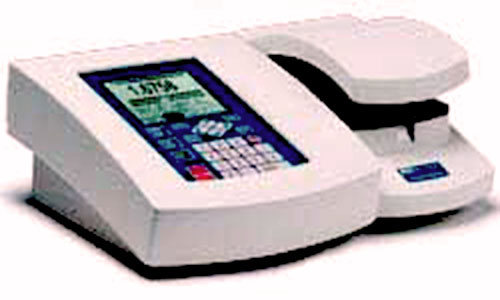Purpose
The FOOD SAFETY CHEMISTRY LABORATORY analyzes food for compliance, monitoring, adulteration, labeling, unknown (forensic) samples and consumer products for possible tampering. Analysis of samples is performed using HPLC, pH meter, analytical and pan balances, automated extraction instrument, moisture analyzer, stereo microscope with camera, UV-VIS spectrophotometer, and inductively coupled plasma - mass spectrometer equipped with DRC technology, refractometer, selected test strips and a water activity meter.
Instrumentation
- HPLC
- ph meter
- pan balances
- automated extraction instruments
- moisture analyzer
- stereo microscope with camera
- refractometer
Refractometer 
pH Meter 
Elements Routinely Analyzed
Tests are performed using a variety of wet chemistry instrumentations. Testing techniques covered in this section include:
Proper measurement techniques, calibration, verification, and troubleshooting strategies for each parameter are addressed and good laboratory practices are emphasized.
Potential Health Concerns and Environmental Concerns
Many factors play a part in whether a person gets sick from chemically contaminated food. Some of these factors being the kind of contamination, the length of time for contamination, frequency of exposure and even your health condition at the time of exposure.

